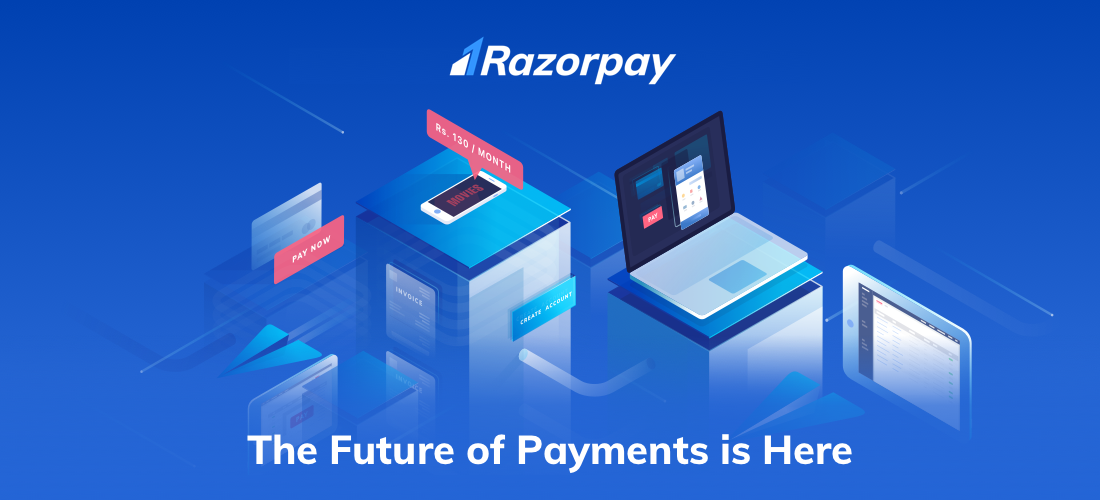Introduction
Welcome to the comprehensive documentation for Stripe, your go-to solution for online payment processing. In today’s digital economy, accepting payments online is essential for businesses of all sizes. Whether you’re a small startup selling handmade crafts or a multinational corporation offering subscription-based services, Stripe provides the tools and infrastructure you need to accept payments securely, scale your business, and delight your customers.
Table of Contents
1. What is stripe
2. Why Stripe
3. Start with Stripe
4. Integration of stripe
5. Implementing Subscription Management
6. Utilizing Fraud Prevention Tools
7. Conclusion
What is Stripe ?
Stripe is an online payment processing platform that enables businesses to accept payments securely and seamlessly over the internet. Founded in 2010 by Patrick and John Collison, Stripe has emerged as a leading player in the fintech industry, providing a wide range of tools and services to businesses of all sizes.
At its core, Stripe acts as a payment gateway, facilitating transactions between customers and businesses by securely transmitting payment information and processing payments in real-time. However, Stripe offers much more than just payment processing. It provides a comprehensive suite of features and APIs designed to simplify the complexities of online payments and empower businesses to thrive in today’s digital economy.
Why Stripe ?
Stripe is the top choice for businesses seeking a reliable and secure online payment processing solution. Its robust infrastructure ensures seamless transaction processing, providing businesses with peace of mind. With built-in fraud prevention tools and compliance with industry standards, Stripe prioritizes the security of both businesses and customers, safeguarding against potential risks. Moreover, Stripe scales effortlessly with businesses of all sizes, accommodating growth without compromising performance. Its support for over 135 currencies and various payment methods makes it easy for businesses to expand globally and cater to diverse customer bases. Additionally, Stripe’s developer-friendly approach, with well-documented APIs and SDKs, simplifies integration and customization, empowering developers to add payment functionality to any application with ease.
Start With Stripe
If you do not have a Stripe developer account, you can get started for free by signing up for an account here Once your account is created, log in to your Stripe dashboard. Here, you’ll find tools and settings to manage your payments, customers, and other aspects of your Stripe integration.
During development, you can utilize Stripe’s test mode to simulate payment transactions without processing real payments. Once development is complete and you’re ready to go live, you can seamlessly switch off test mode and start processing real payments.
Get API Keys: Navigate to the “Developers” section of your Stripe dashboard to access your API keys. You’ll need both your publishable and secret API keys to authenticate your requests to the Stripe API.
Integration of stripe
Front-end : Initialize stripe in your React component and create a payment form:
import React, { useState } from 'react';
import { loadStripe } from '@stripe/stripe-js';
const stripePromise = loadStripe('YOUR_PUBLISHABLE_KEY');
const CheckoutForm = () => {
const [errorMessage, setErrorMessage] = useState('');
const handleSubmit = async (event) => {
event.preventDefault();
const stripe = await stripePromise;
const { error } = await stripe.redirectToCheckout({
lineItems: [{ price: 'PRICE_ID', quantity: 1 }],
mode: 'payment',
successUrl: 'https://yourwebsite.com/success',
cancelUrl: 'https://yourwebsite.com/cancel',
});
if (error) {
setErrorMessage(error.message);
}
};
return (
<form onSubmit={handleSubmit}>
{/* Payment form inputs */}
<button type="submit">Pay Now</button>
{errorMessage && <div>{errorMessage}</div>}
</form>
);
};
export default CheckoutForm;
Back-End: Integration with Node.js:
const express = require('express');
const stripe = require('stripe')('YOUR_SECRET_KEY');
const bodyParser = require('body-parser');
const app = express();
app.use(bodyParser.json());
// Endpoint to create a payment intent
app.post('/create-payment-intent', async (req, res) => {
try {
const { amount, currency } = req.body;
const paymentIntent = await stripe.paymentIntents.create({
amount,
currency,
});
res.status(200).json({ clientSecret: paymentIntent.client_secret });
} catch (error) {
console.error('Error creating payment intent:', error);
res.status(500).json({ error: 'An error occurred while creating payment intent' });
}
});
Implementing Subscription Management :
Creating Subscription Plans: Define subscription plans with customizable billing intervals (e.g., monthly, annually), pricing tiers, and features. Specify plan details such as trial periods, billing cycles, and recurring payments.
Managing Subscribers: Use Stripe’s subscription management tools to view and manage subscribers. You can easily track subscription status, update billing information, and handle subscription changes such as upgrades, downgrades, or cancellations.
Automated Billing: Automate recurring billing for subscription plans, ensuring that customers are charged automatically at the scheduled intervals. Stripe handles the billing process seamlessly, reducing manual effort and streamlining operations.
Dunning Management: Manage failed subscription payments effectively with Stripe’s dunning management features. Automatically retry failed payments, send payment reminders to customers, and handle payment retries and recovery processes.
Utilizing Fraud Prevention Tools:
Machine Learning Models: Leverage Stripe’s advanced machine learning models to detect and prevent fraudulent activities in real-time. Stripe analyzes transaction patterns, user behavior, and other factors to identify suspicious transactions and minimize fraud risk.
3D Secure Authentication: Implement additional authentication measures with 3D Secure to verify the identity of customers and reduce the risk of unauthorized transactions. 3D Secure adds an extra layer of security by requiring customers to authenticate their identity with a one-time password or biometric verification.
Radar Rules: Customize fraud detection rules based on your business’s risk tolerance and specific requirements. Use Radar Rules to set up custom fraud detection rules tailored to your business, such as blocking transactions from high-risk countries or flagging suspicious activity based on transaction characteristics.
Conclusion :
In summary, integrating Stripe into your project not only streamlines the process of accepting payments but also enhances the overall user experience while ensuring security and reliability. With its intuitive features and robust developer tools, Stripe empowers businesses to optimize their online payment processing, leading to improved customer satisfaction and accelerated growth. Don’t miss out on the opportunity to leverage Stripe’s capabilities for your business success. Get started with Stripe integration today and unlock the full potential of your online venture.



